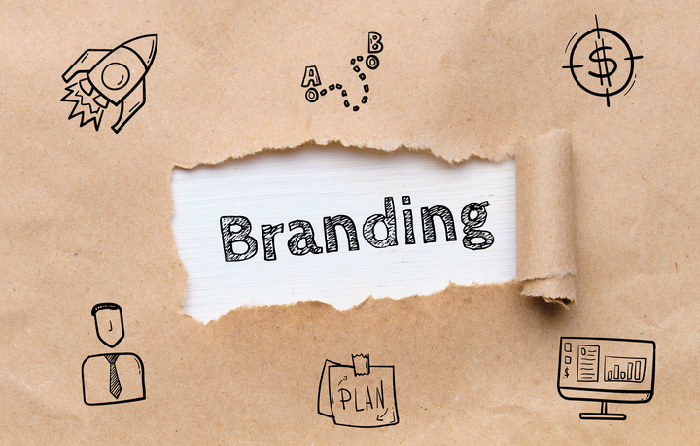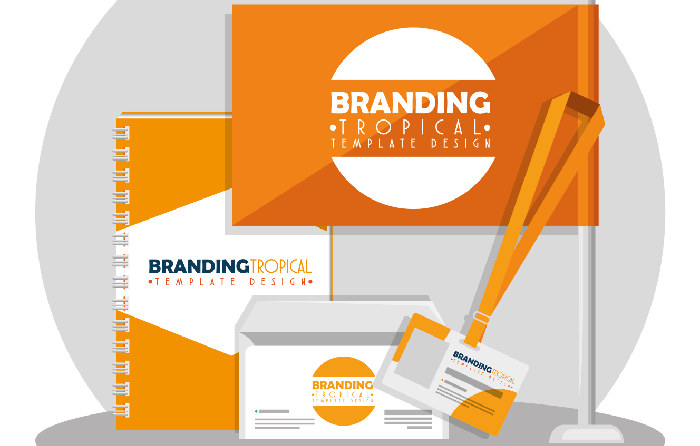Designing Process - Crafting a Stellar Brand Identity

Your brand identity is the essence of your business, the foundation upon which all communication and marketing efforts are built. It’s the visual and emotional representation that sets you apart from the competition and resonates with your target audience. But how do you go about crafting a brand identity that is both strategic and captivating?
This blog post will guide you through the key steps involved in the brand identity design process:
1. Know Your Why
Before diving into aesthetics, establish your brand’s core values, mission, and vision. What makes your business unique? What problem do you solve, and how do you do it differently? Answering these questions forms the bedrock of your brand identity.
2. Understand Your Audience
Who are you trying to reach? Conduct market research to understand your target audience’s demographics, interests, and pain points. This knowledge will inform your brand voice, messaging, and visual language.
3. Analyze the Competition
While you don’t want to copy, understanding your competitors’ brand strategies can be insightful. Identify their strengths and weaknesses, and explore opportunities to differentiate yourself.
4. Define Your Brand Personality
Imagine your brand as a person. What are their personality traits? Are they playful and energetic, or sophisticated and authoritative? Defining your brand personality helps establish a consistent tone of voice and visual style.
5. Craft Your Brand Story
Every brand has a story to tell. What’s yours? Craft a narrative that captures your brand’s essence and connects with your audience on an emotional level.
6. Develop Your Visual Identity
Now comes the fun part: translating your brand strategy into visual elements. This includes:
- Logo Design: Your logo is the cornerstone of your visual identity. It should be memorable, versatile, and reflective of your brand personality.
- Color Palette: Colors evoke emotions and have cultural associations. Choose a color palette that aligns with your brand message and resonates with your target audience.
- Typography: Fonts can convey professionalism, playfulness, or seriousness. Select fonts that complement your logo and enhance your brand personality.
- Imagery: High-quality visuals can significantly impact brand perception. Choose images that are consistent with your brand story and resonate with your audience.
7. Create a Brand Style Guide
This document serves as a reference point for anyone using your brand identity. It details your logo usage, color palette, typography, and any other relevant visual elements.
8. Implement and Maintain
Your brand identity is not a static entity. Consistently apply your brand guidelines across all platforms, from your website and social media to marketing materials and packaging. Be mindful of how your brand evolves and adapt your identity accordingly to maintain consistency and relevance.
By following these steps and remaining true to your brand’s core values, you can build a strong and lasting brand identity that connects with your audience and drives business success. Remember, a well-crafted brand identity is an investment that will pay off in the long run.

